Case of the Week #599
(1) Department of Genetics, Polish Mother's Memorial Hospital, Lodz, Poland; 2 - Medical Genetics Department - Institute of Mother and Child, Warsaw, Poland; (2) Kasr Al Ainy teaching hospital, Egypt
A 35-year-old multipara with non-contributory medical history presented at 20 weeks +4 days based on early scan. Ultrasound revealed the following findings. There were other numerous abnormalities in the rest of the scan apart from the ones shown here.
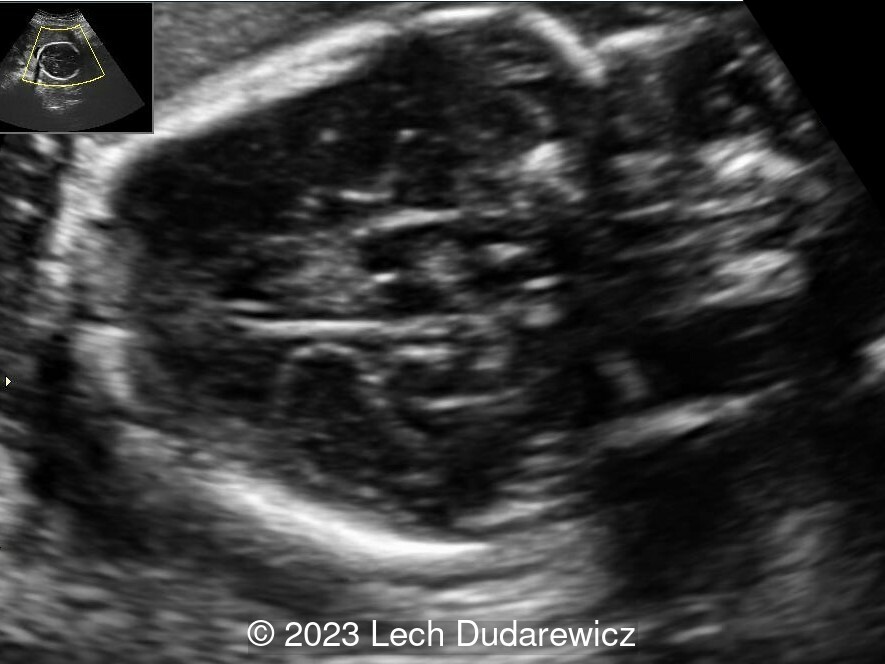
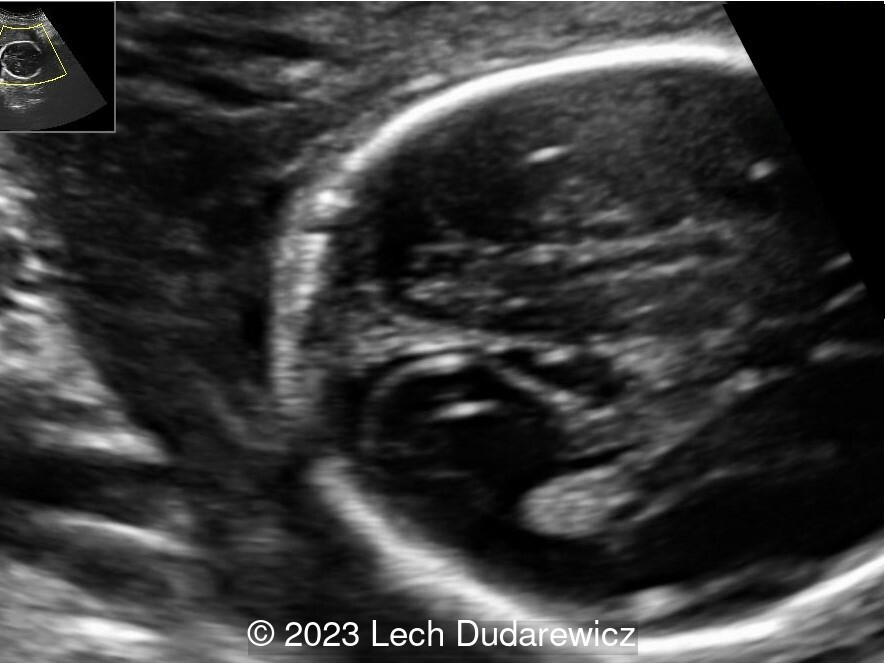

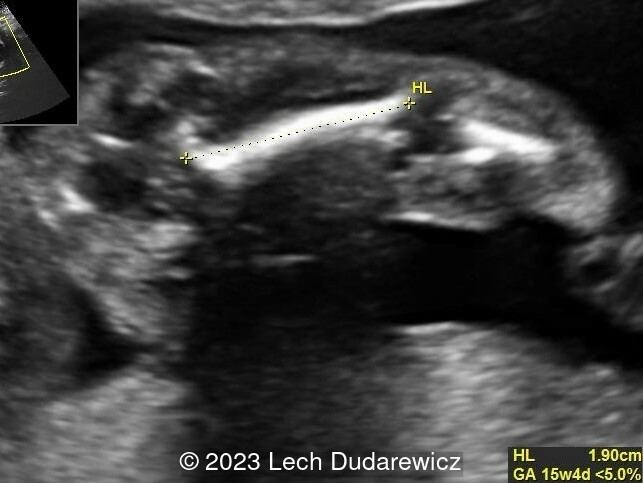

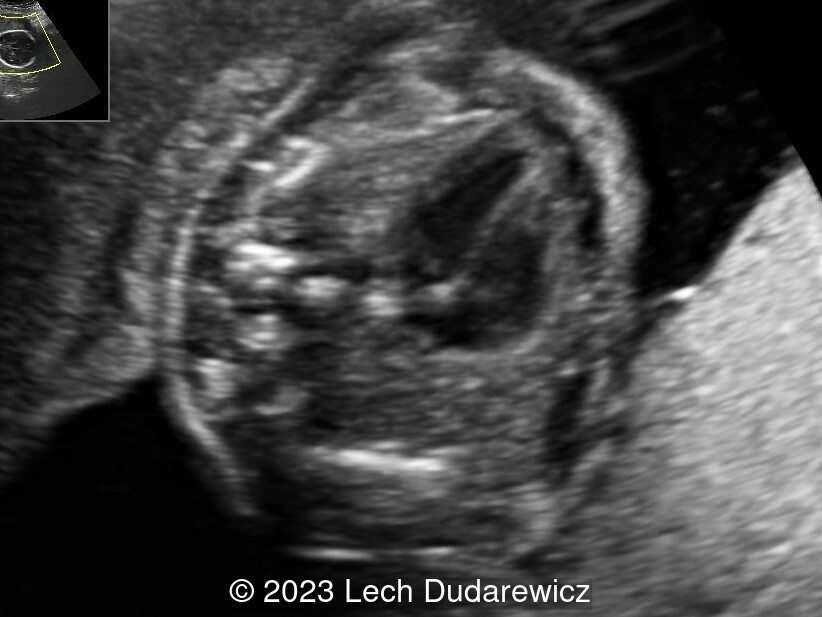
View the Answer Hide the Answer
Answer
We present a case of Thanatophoric Dysplasia with abnormal sulcation in the temporal lobes.
Discussion
Thanatophoric dysplasia is a skeletal dysplasia characterized by severe micromelia, short ribs and pulmonary hypoplasia. It is nearly always lethal in the neonatal period due to respiratory failure [1]. It has a prevalence of 0.21 to 0.80 per 10,000 births [2]. Thanatophoric dysplasia is usually caused by a de novo mutation of fibroblast growth factor receptor 3 gene (FGFR3) on chromosome 4, which results in constitutive activation of the FGFR3 tyrosine kinase [1,3]. Thanatophoric dysplasia is divided into two subtypes: type 1 features bowed/bent femurs and metaphyseal flaring, resulting in a characteristic ‘telephone receiver’ appearance. Type 2 is characterized by straight femurs and a ‘cloverleaf’ skull, though this finding may also appear in type 1 [1,3].
In addition to the skeletal defects, fetuses with thanatophoric dysplasia demonstrate characteristic central nervous system findings. Temporal lobe abnormalities were first dscribed in thanatophoric dysplasia in 1971, and include deep transverse sulci across the infero-medial temporal surface, as well as temporal lobe enlargement, especially along the medial-lateral axis resulting in a globular appearance of the brain [4]. This is in contrast to the surface of a normal 18 to 22 week fetal brain which is essentially smooth. Additional central nervous system findings include megalencephaly, hippocampal dysplasia, rudimentary dentate gyrus, and polymicrogyria [4].
Temporal lobe dysplasia in cases of short-limb skeletal dysplasia is considered virtually pathognomonic for thanatophoric dysplasia, and can be identified on prenatal ultrasound and MRI between 19 to 21 weeks of gestation [1,3]. The routine axial biparietal diameter plane cuts through the cavum septi pellucidi and the cerebral peduncles, above the cerebellum and the inferior portion of the temporal lobe where the abnormal sulcation is most apparent. Therefore, abnormal gyration of the temporal lobes may be overlooked in this plane. Obtaining an axial image just inferior to the biparietal diameter plane, which roughly includes the orbits and brainstem/midbrain, or a coronal image that includes the cerebellum or midbrain better visualizes the temporal lobe dysplasia [2,3]. Using these modified planes, the abnormal deep medial temporal sulcation can be visualized as early as 16 weeks gestation [2].
In conclusion, the combination of short limbs, narrow chest, macrocephaly, and temporal lobe dysplasia may be a pathognomonic sonographic sign for thanatophoric dysplasia in mid-trimester fetuses. Sequencing of the FGFR3 gene, which is more affordable than whole genome sequencing, should be considered when these findings are identified on ultrasound or MRI. Awareness of these brain malformations in thanatophoric dysplasia can improve prenatal diagnostic accuracy and can aid in patient counseling.
References
[1] Fink AM, Hingston T, Sampson A, Jessica Ng, Palma-Dias R. Malformation of the fetal brain in thanatophoric dysplasia: US and MRI findings. Pediatr Radiol 2010; 40: S134-S137.
[2] Wang DC, Shannon P, Toi A, Chitayat D, Mohan U, Barkova E, et al. Temporal lobe dysplasia: a characteristic sonographic finding in thanatophoric dysplasia. Ultrasound obstet Gynecol 2014; 44: 588-594.
[3] Blaas H.-G.K, Vogt C, Eik-Nes S.H. Abnormal gyration of the temporal lobe and megalencephaly are typical features of thanatophoric dysplasia and can be visualized prenatally by ultrasound. Ultrasound Obstet Gynecol 2012; 40: 230-234.
[4] Hevner RF. The cerebral cortex malformation in thanatophoric dysplasia: neuropathology and pathogenesis. Acta Neuropathol 2005; 110: 208-221.
Discussion Board
Winners

Dianna Heidinger United States Sonographer

Pawel Swietlicki Poland Physician

Umber Agarwal United Kingdom Maternal Fetal Medicine

Igor Yarchuk United States Sonographer

Dmitry Abelov Russian Federation Physician

Larysa Gazarova United States Physician

Andrii Averianov Ukraine Physician

Ana Ferrero Spain Physician

Alexandr Krasnov Ukraine Physician

Mayank Chowdhury India Physician

Adrian Popa Romania Physician

Nutan Thakur India Physician
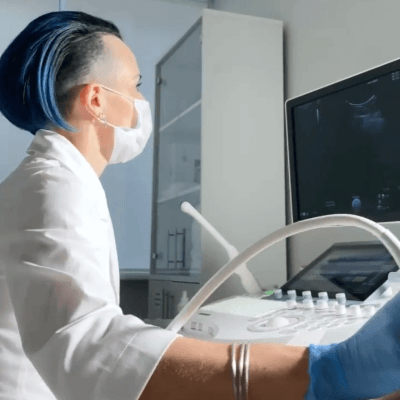
Vera Osadshaya Russian Federation Physician

Vladimir Lemaire United States Physician

Ivan Ivanov Russian Federation Physician

Aysegul Ozel Turkey Physician

lan nguyen xuan Viet Nam Physician

Philippe Deblieck Germany Physician

Peter conner Sweden Physician

Marianovella Narcisi Italy Physician

Zhuldyz Zhumadilova Kazakhstan Physician

Nguyen Luân Viet Nam Physician

Victoria Giang Viet Nam Physician

Louise Konaris United States

ALBANA CEREKJA Italy Physician
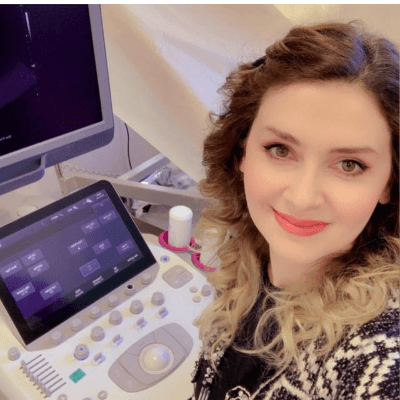
Eda Özden Tokalıoğlu Turkey Physician

Deval Shah India Physician

Murat Cagan Turkey Physician

Charlotte Conturie United States Physician

gholamreza azizi Iran, Islamic Republic of Physician
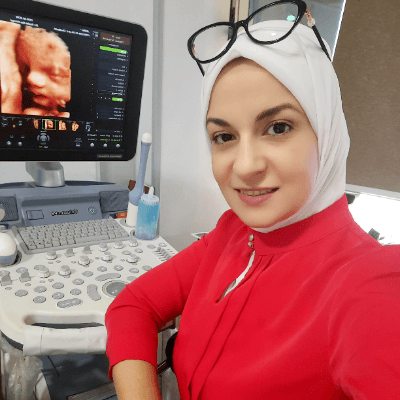
Rasha Abo Almagd Egypt Physician

Ionut Valcea Romania Physician

Katrin Karl United States Physician

reyhan ayaz Turkey Physician

Hien Nguyen Van Viet Nam Physician

Borisova Elena Russian Federation Physician

Hoang My Trang United States Physician

Kareem Haloub Australia Physician

Anette Beverdam Netherlands Sonographer

Grzegorz Rak Poland Physician

Annette Reuss Germany Physician

Adumatta Michael Ghana Sonographer

Nguyen Xuan Cong Viet Nam Physician

shay kevorkian Israel Physician

SAVITA SHIRODKAR India Physician

Mary Jones United States Sonographer

Deniz Delibaş Turkey Physician

Flora Mirzoeva United States Sonographer

Jacqueline L J Cullen United States Sonographer

Rupal Sasani India Physician

Ruchika Mangla India Physician

Dolly Agrawal India Physician

Carmen de Luis Rodríguez Spain Physician

Le Tien Dung Viet Nam Physician

Tetiana Ishchenko Ukraine Physician

Costin Radu Lucian Romania Physician

Dr Fareeda Nikhat United Arab Emirates Physician

JHON YACILA Peru Physician

Steph Harmon United States Sonographer

Nora Fox United States Sonographer

Kelsey Daily United States Sonographer

Kylie Holihan United States Sonographer

Jill Smith United States Sonographer

Brittany Woods United States Sonographer

Eduardo Namura Di Thomaz Brazil Physician